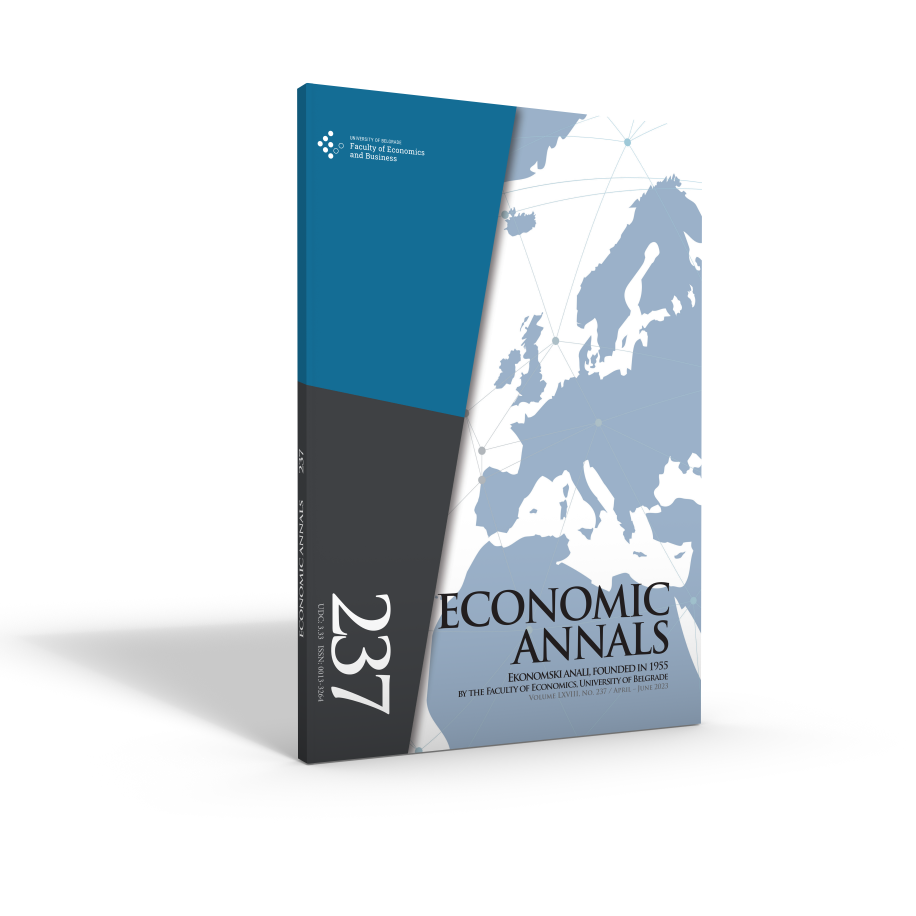INVESTIGATION OF THE SUNSPOTS AND GDP NEXUS: THE CASE OF BALKAN COUNTRIES
##plugins.themes.bootstrap3.article.main##
##plugins.themes.bootstrap3.article.sidebar##
Berislav Žmuk
Hrvoje Jošić
Hrvoje Jošić
Abstract
The phenomenon known as sunspots refers to regions of the Sun’s photosphere that are darker than their surroundings because their surface temperature is lower. The sunspot growth theory, however debatable, is one of the first explanations for economic development that explains how variations in the Sun’s activity affect the business cycle. Jevons developed the sunspot hypothesis in 1875. To reevaluate this notion, this research uses correlation and regression analysis to explore the relationship between sunspots and GDP in the context of 11 Balkan nations over the years 1960–2021. By extending the sample of nations in panel regression models to include all nations on Earth, further robustness testing is accomplished. It was found that there exist significantly negative medium strength correlations between sunspots and gross domestic product values of 8 out of 11 Balkan countries. Similar findings were obtained using simple linear regression analysis. The results of the cross-country panel regression models further highlight the negative impact of solar activity on economic activity, which is also associated with nations that are located at higher latitudes.
##plugins.themes.bootstrap3.article.details##
Keywords
sunspots, GDP per capita, Balkan countries, correlation and regression, H-P filter, panel data.
JEL Classification
E32, F44, Q54
Issue
Section
Articles
How to Cite
Žmuk, B., & Jošić, H. (2023). INVESTIGATION OF THE SUNSPOTS AND GDP NEXUS: THE CASE OF BALKAN COUNTRIES. Economic Annals, 68(237), 69-95. https://doi.org/10.2298/EKA2337069Z
How to Cite
Žmuk, B., & Jošić, H. (2023). INVESTIGATION OF THE SUNSPOTS AND GDP NEXUS: THE CASE OF BALKAN COUNTRIES. Economic Annals, 68(237), 69-95. https://doi.org/10.2298/EKA2337069Z

